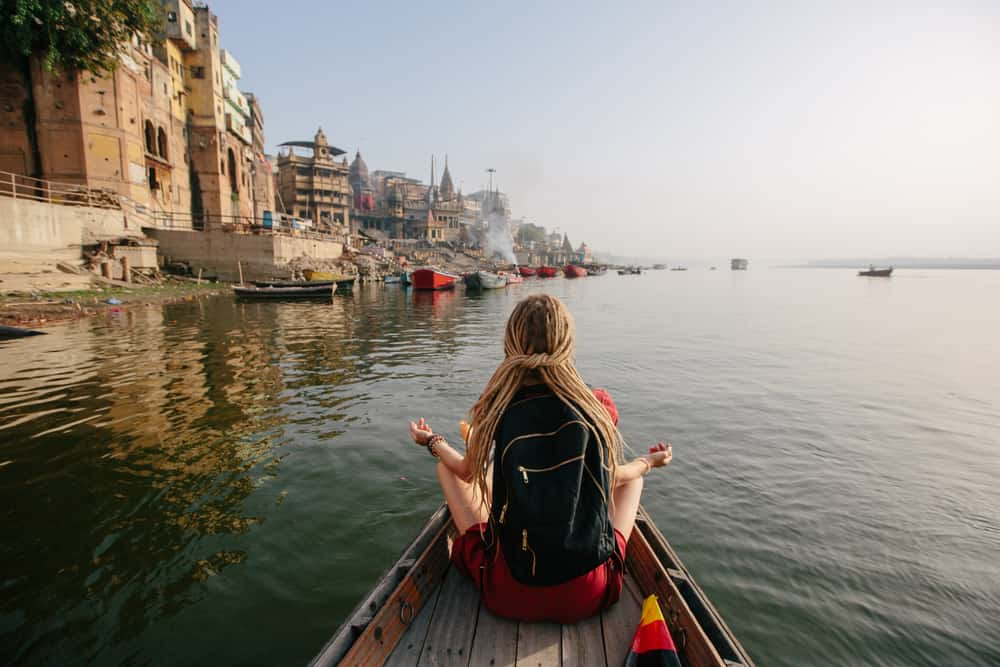India
North India
Punjab & Haryana
South India
East & North East India
World
Trending Tours
Pitrupaksha Tours
(From 7th September to 21st September 2025)
LIMITED SEATS
This Pitrupaksha, Prayag Samagam has crafted sacred tours specially for you to perform the timeless rituals that honor your ancestors. By fulfilling this profound duty, you grant their souls eternal peace and welcome a lifetime of harmony and blessings for your family.
Season Special Tours:
Contact Us:
Mr. Harsh
+91 83819 90321
(For B2B, Sales & Operations)
Mr. Shivam
+91 77540 97777, +91 91152 34555
(For Enquiries, Sales)
Mr. Prakhar
+91 79050 91358
(For Media, Tech, Platform)
Mr. Ankur
+91 81759 51598
(For Marketing, P.R.)
Enquiries:
info@prayagsamagam.com
Looking for only Pooja Services?
Let's Connect:
Discover your next journey. Follow us!
















